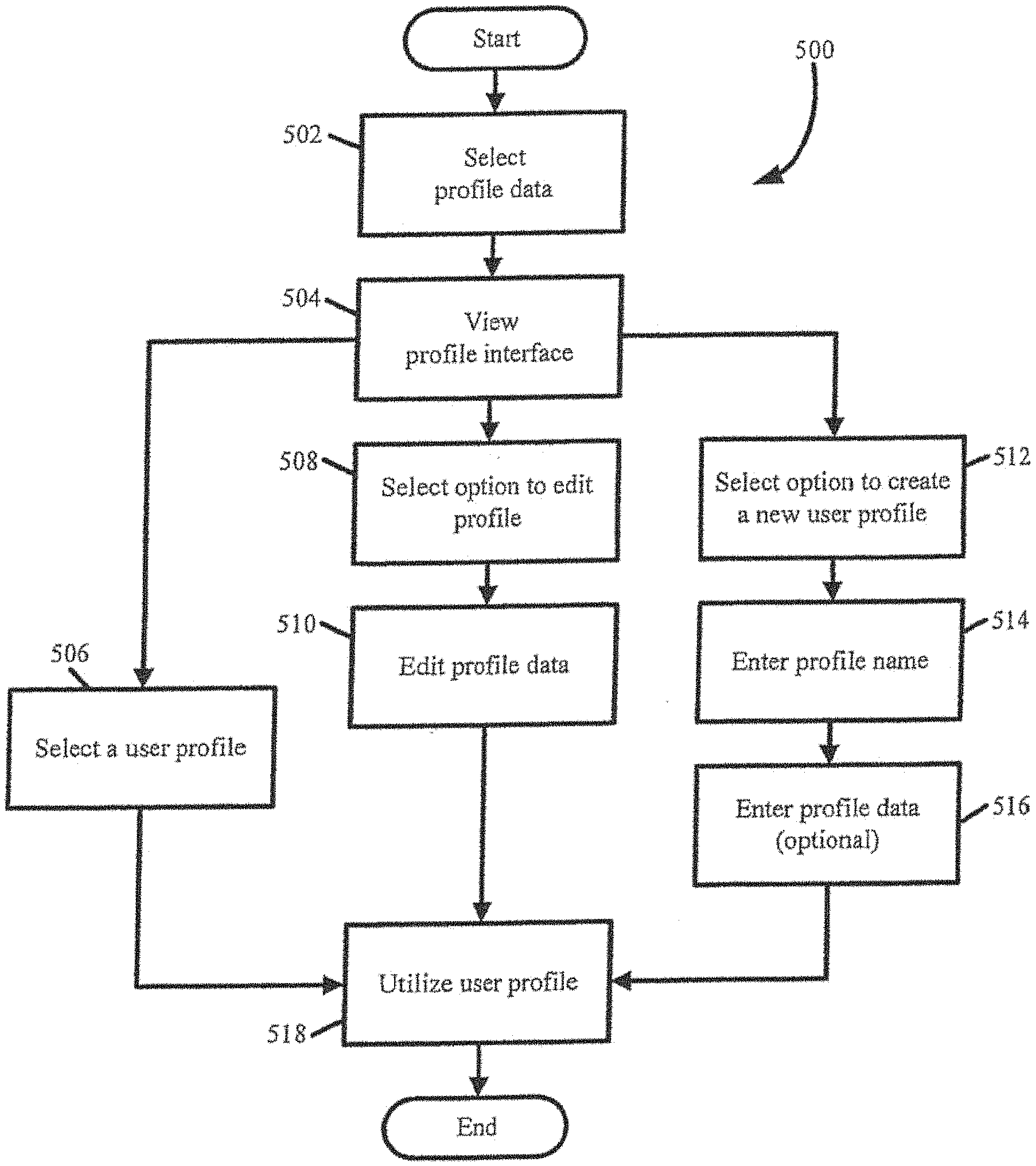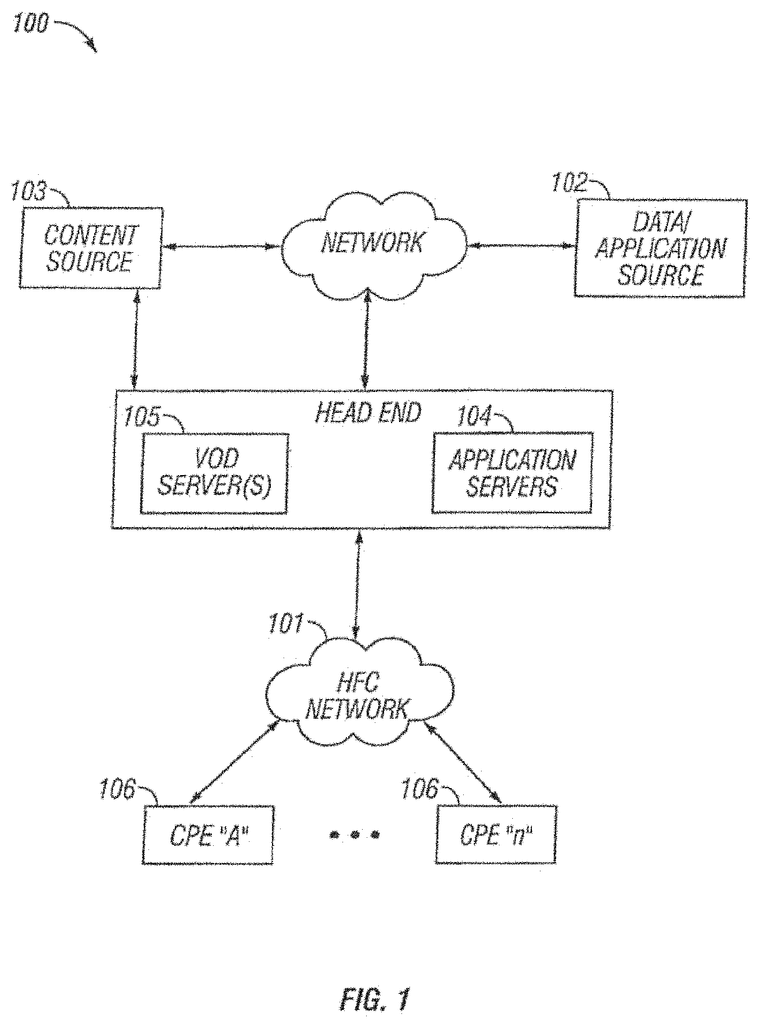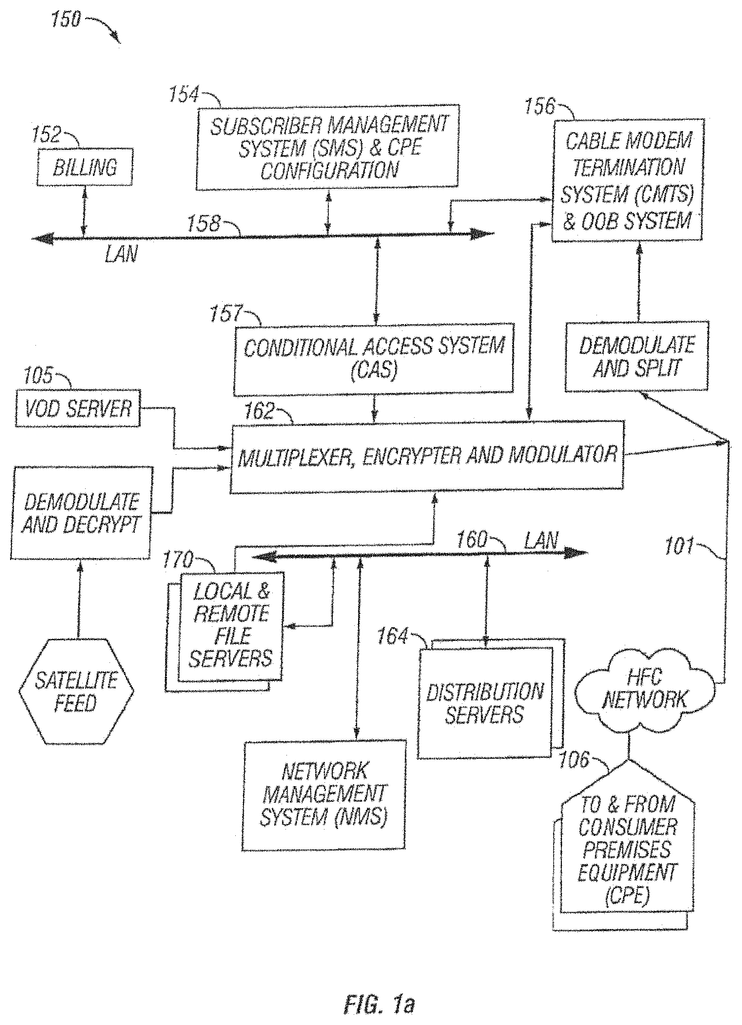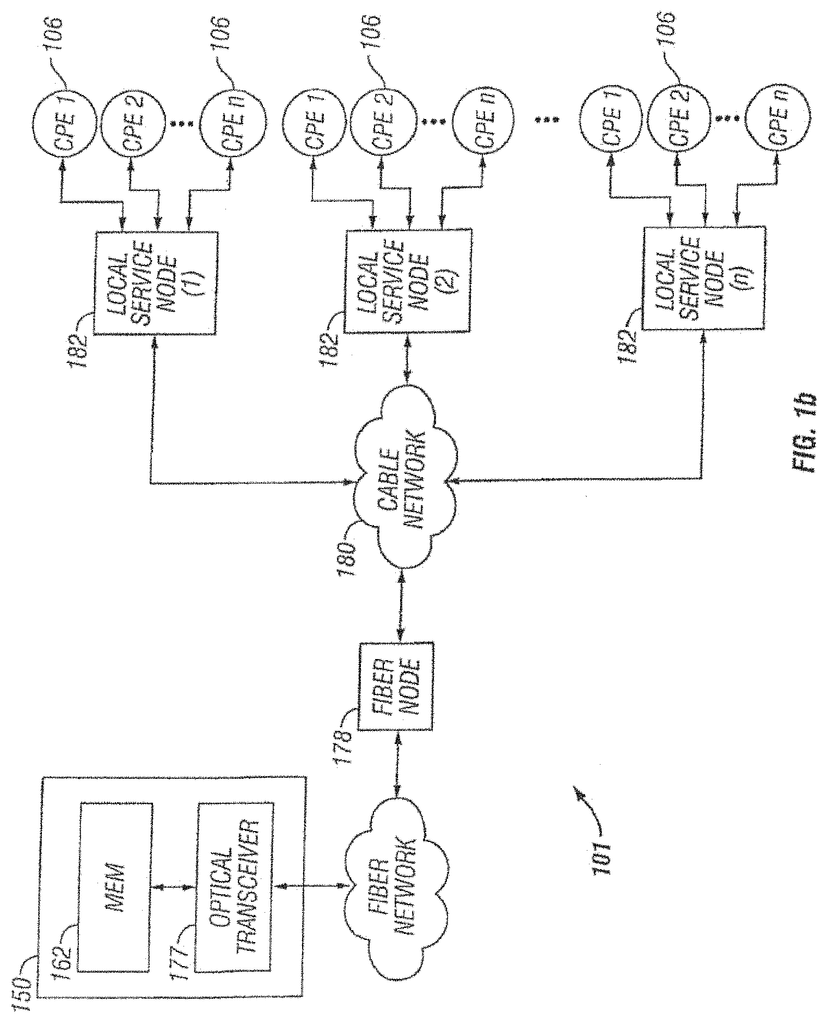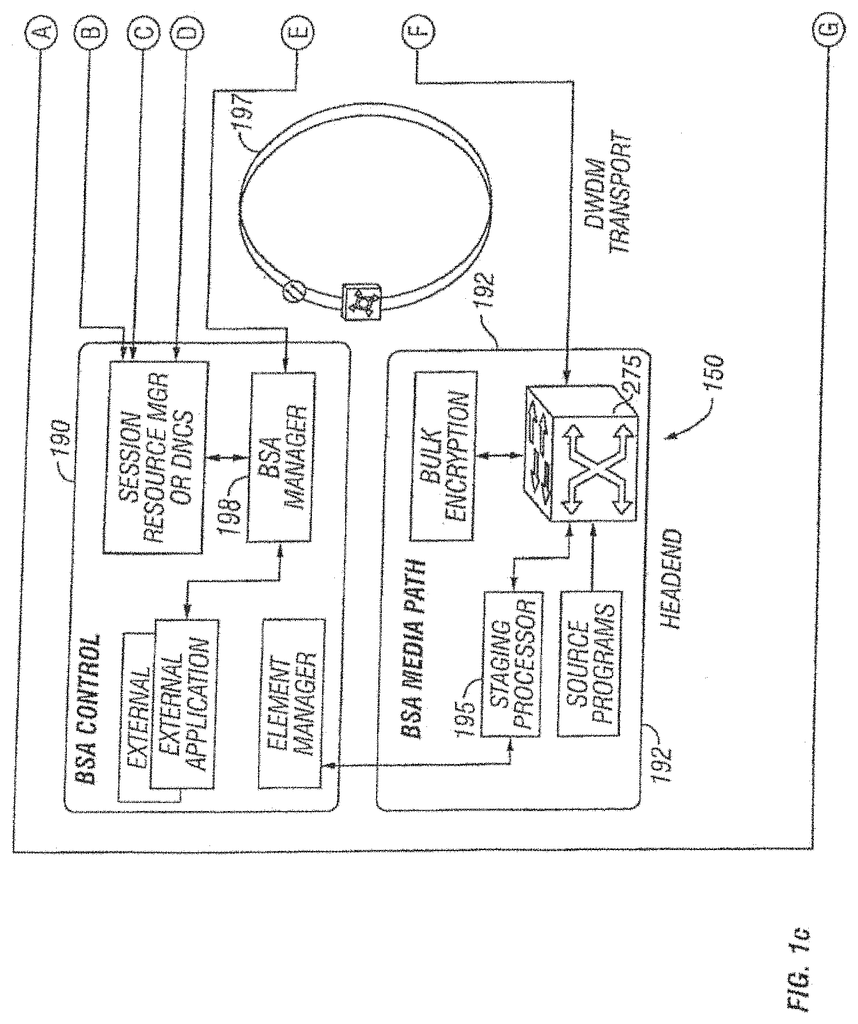Invented by Patrick J. Donoghue, Jay Thomas, Wells Fargo Trust Co NA
In today’s digital age, personal media consumption has become an integral part of our daily lives. With the rise of smartphones, tablets, and other portable devices, people now have the ability to access and consume media content anytime and anywhere. This has led to the emergence of a new market for personal media channel apparatus and methods.
Personal media channel apparatus refers to the hardware and software solutions that enable individuals to create and manage their own media channels. These channels can include various types of content such as videos, podcasts, blogs, and social media posts. The apparatus typically consists of a device, such as a smartphone or tablet, and an application or software platform that allows users to curate and distribute their content.
One of the key drivers of this market is the increasing demand for personalized and niche content. Traditional media channels, such as television and radio, often cater to a broad audience, leaving many individuals craving for content that is more tailored to their specific interests and preferences. Personal media channel apparatus and methods provide a solution to this problem by empowering individuals to create and share content that resonates with their target audience.
Another factor contributing to the growth of this market is the democratization of media production. In the past, creating and distributing media content required significant resources and technical expertise. However, advancements in technology have made it easier than ever for individuals to produce high-quality content using simple tools and platforms. This has opened up opportunities for aspiring content creators to enter the market and reach a global audience.
Furthermore, the rise of social media platforms has played a crucial role in driving the demand for personal media channel apparatus and methods. Social media has revolutionized the way we consume and share content, allowing individuals to connect with like-minded people and build communities around their interests. Personal media channels provide a more immersive and interactive experience for users, enabling them to engage with their audience in a more meaningful way.
The market for personal media channel apparatus and methods is highly competitive, with numerous players vying for market share. Established technology companies, such as Apple and Google, offer their own platforms and applications for content creation and distribution. At the same time, there are also smaller startups and independent developers that provide innovative solutions tailored to specific niches or industries.
As the market continues to evolve, we can expect to see further advancements in personal media channel apparatus and methods. Artificial intelligence and machine learning technologies are likely to play a significant role in enhancing the user experience and enabling more personalized content recommendations. Additionally, the integration of virtual reality and augmented reality technologies may further transform the way we consume and interact with media content.
In conclusion, the market for personal media channel apparatus and methods is a rapidly growing industry driven by the increasing demand for personalized and niche content. With the democratization of media production and the rise of social media platforms, individuals now have the power to create and distribute their own media channels. As technology continues to advance, we can expect to see further innovations in this market, ultimately reshaping the way we consume and engage with media content.
The Wells Fargo Trust Co NA invention works as follows
Network content distribution apparatus and methods” based on content selected from different sources and compiled for a specific user. In one embodiment, the content sources are DVR, broadcast and nPVR. The content that is targeted at the user is compiled into a playlist and displayed in a stream format on a virtual channel specific to that user. The virtual channel provides a variety of functionalities, such as the ability to explore or select content that has a similarity to or prescribed relationship to other content and to purchase content. A new electronic program guide allows users to rewind, record, watch, get information, “catch up”, and rate content. Apparatus to configure the virtual channel and playlist functions remotely, as well as business rules “engine” are also disclosed. “An apparatus for implementing operational goals or business goals is also disclosed.
Background for Personal Media Channel Apparatus and Methods
1. “1.
The invention is in the field of network content delivery. In one example, the invention is a method and apparatus that delivers content from various sources on a cable TV or satellite network to client devices.
2. “2.
Recent advances in content delivery technology have led to a proliferation of different sources of content carrying a variety of content. The sheer number of channels available to viewers (e.g. VOD, pay-per-view etc.) can be overwhelming. The same channels offer programming 24 hours a day. The user can become frustrated and tired by a channel-by-channel lookup for a specific piece of content. “With so much content available, it may be difficult for the user to locate relevant content quickly and easily at any given time.
Similarly, technological advances have made it possible to use electronic devices that allow users record content from a bearer network (such a cable TV or satellite network), at their home or any other location within the network. These devices include personal video recorders and digital video recorders (DVR). The user has access to more content than ever before stored on recorders.
Some existing methods of identifying content that a user might be interested in, amongst the vast quantity and variety available, include using demographic data or explicit viewer designations of specific content. A user’s content may be pre-selected or at least narrowed down based on demographics and/or the explicit preferences of the individual. These methods, however, only generate targeted content using the information that a user gives or enters in the system.
Various other solutions were presented to help a user find content of interest. This includes, for instance, the use of a searchable guide, such as described in U.S. Pat. No. No. 7,228,556 issued to Beach et al. on Jun. The patent was issued on Jun. 5, 2007, and is entitled “Distributed Interactive Television Program Guide, System and Method”. In the prior art, customized program guides were also used to deliver targeted content to an end user. They fall into two categories: those that require a user to enter preferences, and those that can gather information about a person without the user’s input. As stated, the first category of customizable programs guides requires a user manually to enter preference or data. This can be both inconvenient and incomplete, depending on the level. U.S. Pat. describes one example of the first type of customizable program guide. No. No. 7,185,355 issued to Ellis et. al. on February 27, 2007, entitled “Program Guide System With Preference Profiles”. U.S. Pat. is an example of prior art for the second category of customized program guides. No. No.
Certain prior art describes creating a virtual or dedicated channel where targeted content is displayed. However, the majority of prior art relates to only linear television. Linear television refers to a standard TV service in which the viewer watches an arranged program at a specific time. Linear TV models do not consider the use of DVRs and other recording devices, or other delivery paradigms such as, for example VOD and pay-per-view.
Other systems create a virtual or dedicated channel using an on-demand-server or user-entered data.
The need for improved methods and apparatus to deliver content to users that (i) they are likely to enjoy or be interested in, (ii), does not place a significant burden on them (such as having preferences entered), and (iii), avoids having to search the vast amount of available content. These apparatuses and methods, along with efficiently delivering content targeted according to data and criterion gathered passively through user actions, would also allow a user to receive content in a seamless stream via a virtual channel which was tailored and dedicated to that user.
Moreover, in order to present content on a virtual channel, it would be necessary to take into consideration non-linear TV models (e.g. VOD, nPVR and’start over’ features, etc.). features, etc.) As well as linear broadcasting models, they could also access native content (such that it is disposed on the user’s DVR device or other premises devices).
The above-mentioned apparatuses and methods also allow a user to select from a variety of recommended content and to see a list of content that is prioritized based on a system that immediately considers the user’s actions, resulting in a more refined profile.
These features could also be delivered using components and infrastructure that are already in place, and they would be compatible with many different types of client devices and delivery systems, including optical, wired and wireless technologies.
Further the apparatus and method of the present invention provides users with access a greater pool of content that spans an entire multiple system operator’s product or service line.” The methods and apparatus described herein allow a user to not be limited to the pool of content provided by one content provider but to have access to content from multiple content sources.
The invention addresses the above-mentioned needs by providing an improved apparatus and method for the targeted delivery content over a network.
In a first aspect, the invention discloses a method for providing targeted content to a user obtained from multiple sources. In one embodiment, content is delivered over a network based on content (e.g. satellite or cable TV network), and the methods includes: receiving information about a plurality content; comparing it to a list of criteria; selecting specific content from the plurality for delivery to the end user, based in part at least on the comparison; and delivering the individual content selected by the user.
In one variant, content sources can be selected from a group that includes: (i), an on-demand content source (ii), a broadcast content source (iii), a digital video recording device (iii), a personal media storage device (iv), and (v), a pay per view content source.
In a second variant, information is transmitted along with the content and includes metadata relating to the individual contents.
In a third variant, the criteria set includes a user profile that contains information about the user in relation to the various aspects of the content. The act of comparison includes, for example, examining the similarities between aspects of each individual one of the plurality content and those in the profile. And the act selecting individual ones from the plurality for the user is based, at least partly, on the act comparing.
In another variant, a method is used to create a list containing information about the content of individual items in the plurality. The list includes information such as content identification, content location, and content accessing. It also prioritizes the list based on the comparison of information about the content of the plurality with the criteria. The user can be provided with the content by, for example. Displaying a portion the identification information of the selected content on a user display, providing a selection mechanism to select individual content items, using at least the location information and content accessing data to locate and access content and then displaying that content to the users at the user display.
In a third variant, the mechanism to select individual content items is a user interface. The user interface comprises a network operated site.
Click here to view the patent on Google Patents.
